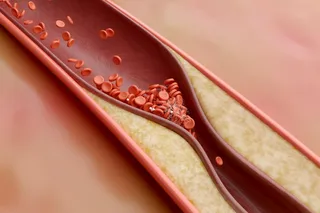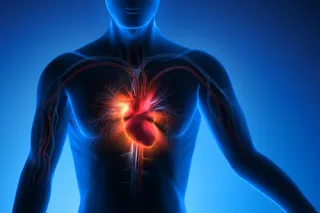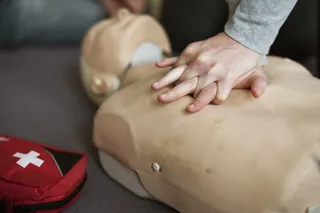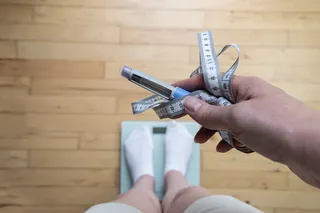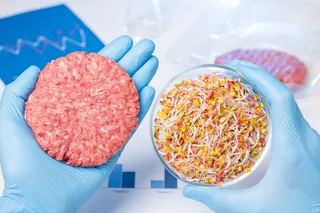Breathing is something we do more or less without thinking but it may reveal more about ourselves than we might think – from our body mass index (BMI) to our propensity to develop anxiety.
Scientists writing in Current Biology have compared our highly unique breathing patterns to “fingerprints,” finding that researchers identified participants from their breaths with almost 100 percent accuracy – or 96.8 percent, to be precise.
Not only that, but subtle differences may provide intriguing insights into an individual’s health status, not to mention their mood, cognition, and behavioral tendencies.
Detecting Breathing Fingerprints
For this piece of research, a hundred participants were fitted with a wearable device that tracked nasal airflow as they completed their normal day-to-day activities over a 24-hour period. Of these, 42 were tracked for a second 24-hour period. Participants were monitored and required to log their daily activities, completing various questionnaires that measured traits associated with depression, anxiety, and autism.
Using data collected from 97 of the original 100 participants, the study’s authors identified different individuals by breathing patterns alone, reporting levels of accuracy that were on par (or even higher) than those achieved from voice recognition.
“I thought it would be really hard to identify someone because everyone is doing different things, like running, studying, or resting,” Timna Soroka, a graduate student at the Weizmann Institute of Science, said in a press release. “But it turns out their breathing patterns were remarkably distinct.”
What’s more, the researchers determined an individual’s BMI, monitored their sleep-wake cycle, and measured traits associated with depression and anxiety – just by analyzing their unique breathing patterns.
Read More: How Slow, Deep Breathing Taps Into a Natural Rhythm in Our Bodies
Anxiety and Depression Links to Breathing
While none of the people involved in the study met the clinical diagnostic criteria for anxiety, the study authors did note that those who scored higher on questionnaires measuring anxiety experienced shorter inhales and displayed greater levels of variability in the pauses between breaths while asleep. Equally, while no one met the clinical diagnostic criteria for depression, those with higher scores on questionnaires measuring depression tended to breathe in more forcefully and take longer pauses after exhaling while awake.
It is not yet clear whether higher levels of anxiety and depression impact a person’s breathing or if the breathing patterns themselves increase the likelihood of developing the condition. Either way, the authors suggest it could prove useful in diagnosing or treating conditions like these in the future.
“We intuitively assume that how depressed or anxious you are changes the way you breathe,” Noam Sobel of the Weizmann Institute of Science said in a press release. “But it might be the other way around. Perhaps the way you breathe makes you anxious or depressed. If that’s true, we might be able to change the way you breathe to change those conditions.”
Breathing Patterns in Medicine and Research
It is still early days, but perhaps there could be a time when our unique breathing fingerprints are used to diagnose and treat certain diseases and conditions. The team is currently investigating whether mimicking healthy breathing patterns can lead to a better mental and emotional state.
Down the line, the authors hope the measurement of breathing patterns will offer insights into “diseases of all kinds,” envisioning the “application of respiratory fingerprints across various areas of medicine and basic research,” including diagnostics and treatment. Sobel described himself as “cautiously optimistic.”
This article is not offering medical advice and should be used for informational purposes only.
Read More: Why Do We Have Fingerprints?
Article Sources
Our writers at Discovermagazine.com use peer-reviewed studies and high-quality sources for our articles, and our editors review for scientific accuracy and editorial standards. Review the sources used below for this article:
Current Biology. Humans have nasal respiratory fingerprints







